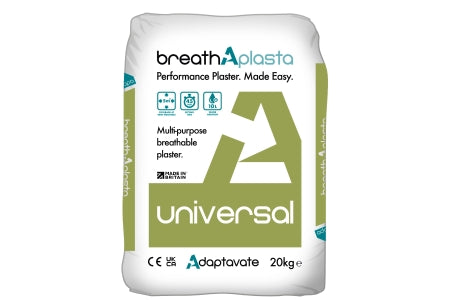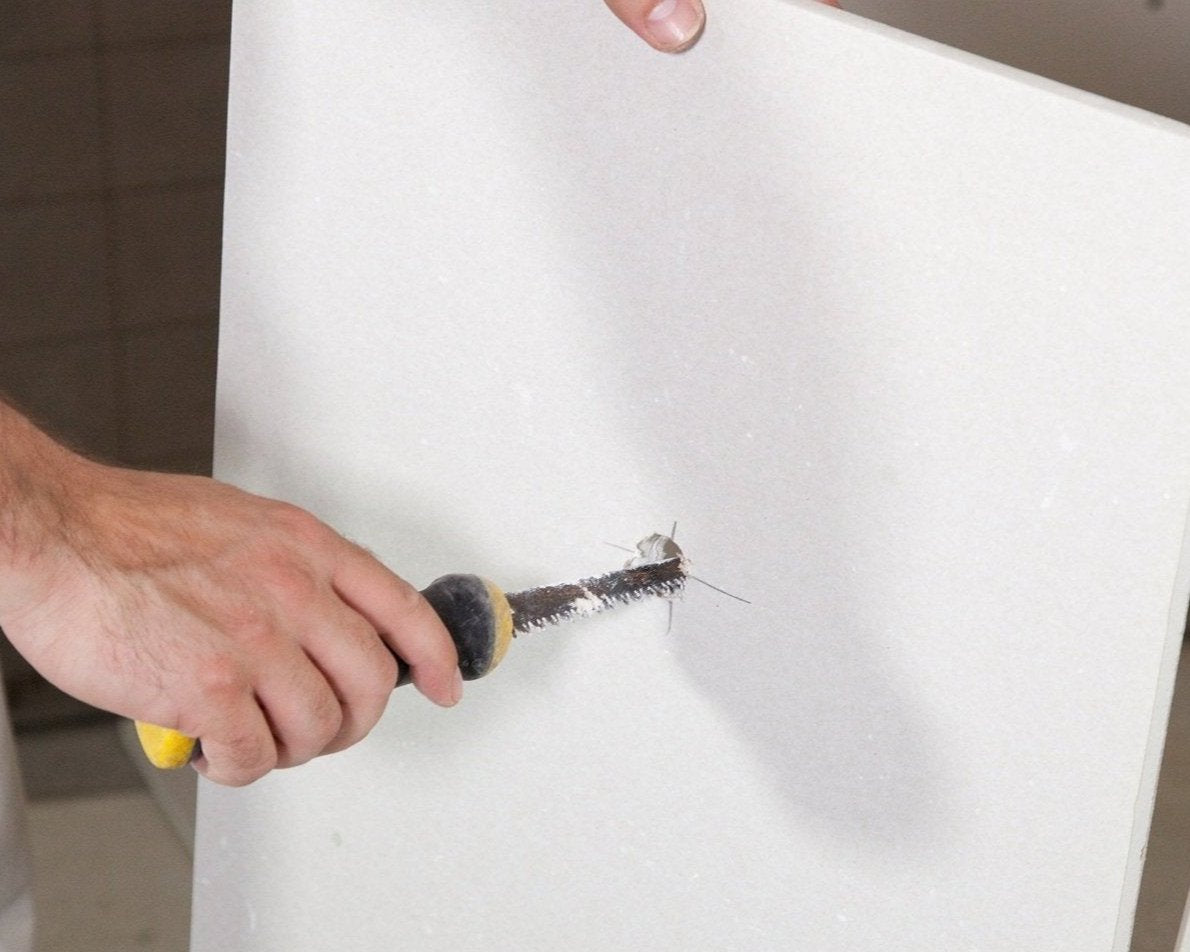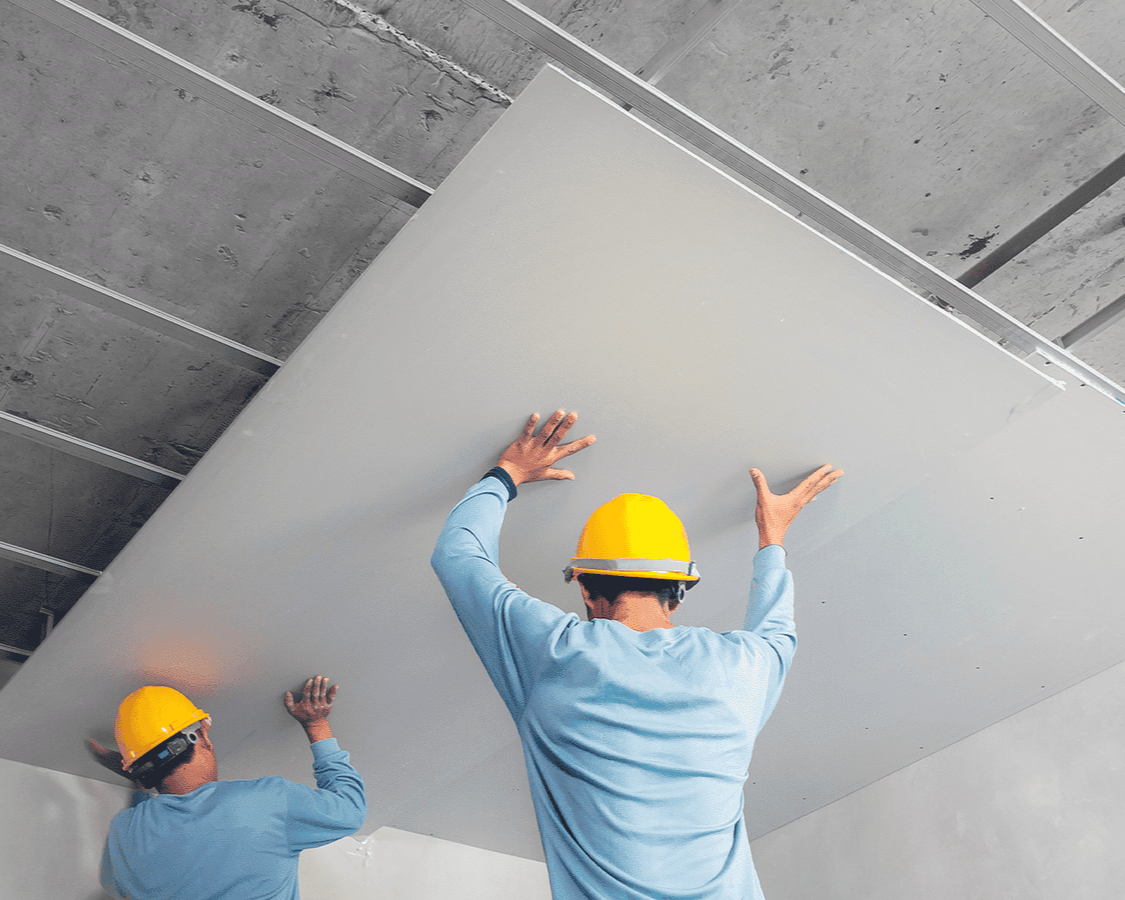
Frequently Asked Questions - Plaster & Plasterboards

Q1: How Thick is Plasterboard?
A1: Plasterboard comes in various thicknesses, with common sizes being 9.5mm, 12.5mm, and 15mm. Thicker boards provide better soundproofing and fire resistance, making them ideal for specific applications.
Q2: How Difficult is it to Install Plasterboard?
A2: Installing plasterboard is generally easy for anyone with basic DIY skills.
The steps include:
- Measuring and cutting the plasterboard
- Fixing it to studs or joists
- Finishing with joint tape and plaster
Q3: Should You Replace the Battens?
A3: If you're replacing old plasterboard, inspect the battens. If they're in good shape, you can reuse them. However, replace any that are damaged or show signs of rot.
Q3: When Should You Use Hard Plaster Instead of Plasterboard?
A3: Hard plaster is best suited for areas with high wear and tear or moisture exposure, such as hallways, kitchens, and bathrooms. It provides a more durable, moisture-resistant surface compared to plasterboard.

Q5: How Do You Secure Heavy Loads to Plasterboard?
A5: To secure heavy items like shelves or TVs to plasterboard:
- Use wall anchors or toggle bolts designed for plasterboard
- For very heavy objects, attach them to the studs behind the plasterboard
Q6: How Strong is Plasterboard?
A6: While plasterboard is sufficient for most walls, it’s not strong enough to support heavy loads without reinforcement or special fixings.
Q7: What Equipment is Needed to Install Plasterboard?
A7: For plasterboard installation, you’ll need:
- Utility knife
- Tape measure
- Straight edge
- Drill or screwdriver
- Plasterboard screws
- Joint tape and plaster
Additional tools, like a spirit level and stud finder, can also be helpful.

Q8: What Type of Plasterboard is Best for Bathrooms?
A8: For bathrooms, you must use moisture-resistant plasterboard. This type is specially designed to repel water and prevent damage caused by moisture, thanks to water-repellent liners and silicone additives.
Q9: What Type of Plasterboard is Best for Ceilings?
A9: Standard plasterboard is a good choice for most ceilings. However, in kitchens and bathrooms, moisture-resistant plasterboard is recommended to prevent water damage. For ceilings with soundproofing needs, acoustic plasterboard is ideal for reducing sound transmission between rooms.
Q10: What Are Plasterboard Screws?
A10: Plasterboard screws, also known as drywall screws, have countersunk pozidriv heads and are typically black. The length of the screw depends on the plasterboard thickness. For 9.5mm plasterboard, use 32mm screws, and for 12.5mm plasterboard, use 38mm screws. These screws are made of case-hardened steel specifically for use with plasterboard.

Q11: How Do You Cut Plasterboard?
A11: Cutting plasterboard requires tools like a straight edge, Stanley knife, pencil, and measuring tape. For straight cuts, score the line with a knife and snap the board along the cut. For cutting shapes, use a wallboard saw. Wearing cut-resistant gloves is advisable. Clean up imperfect edges with a rasp or plasterboard plane if needed.
Q12: Why is Plasterboard Considered Hazardous Waste?
A12: Plasterboard is classified as hazardous waste because it contains gypsum, which can produce toxic hydrogen sulphide gas if it decomposes alongside biodegradable waste.
Q13: How Many Sheets of Plasterboard are on a Pallet?
A13: The number of sheets on a pallet depends on the manufacturer and the sheet size. Typically, a pallet can carry between 40 and 60 sheets of standard plasterboard.
For any additional questions or to place an order, please contact our customer service team at Trade Superstore Online.
British Gypsum: Gyproc Habito - How to dimension
Rawlplug FF1 Universal Nylon Frame Fixing
Adaptavate: Introduction to the Breathaplasta family
Adaptavate: How to mix Breathaplasta the quick setting lime plaster wall finish
British Gypsum: A practical introduction to the Gyproc plasterboard range
British Gypsum: A practical guide on how to tape and joint using Gyproc Jointing Products























